As global agriculture faces challenges such as population growth, climate change, and resource shortages, smart agriculture has attracted more and more attention as an important means to improve agricultural production efficiency, sustainable development, and farmers' income. Among them, the information management system of large-scale farmland irrigation areas, as a core component of smart agriculture, plays a vital role. These systems can optimize resource allocation, improve irrigation efficiency, and promote precision and intelligence in agricultural production by integrating sensors, data collection and analysis, and automated equipment control technologies.
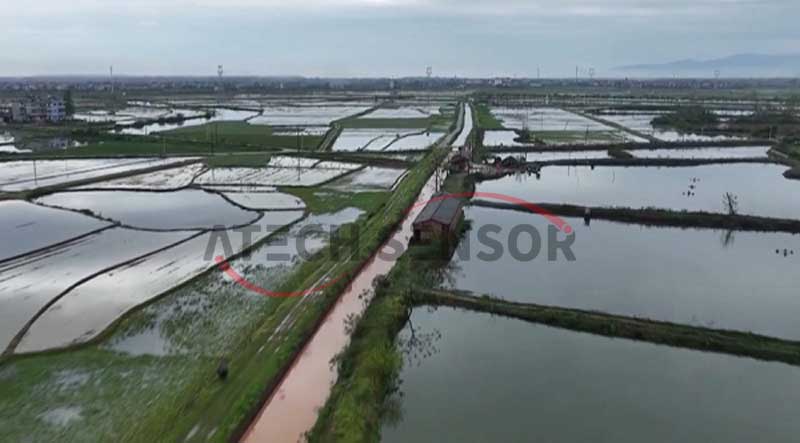
1. Equipment composition of smart irrigation district information management system
The irrigation district information system usually consists of multiple parts, among which Doppler ultrasonic flowmeter is an important monitoring equipment. In addition, it also includes data acquisition terminal, communication module, server, monitoring software, etc.
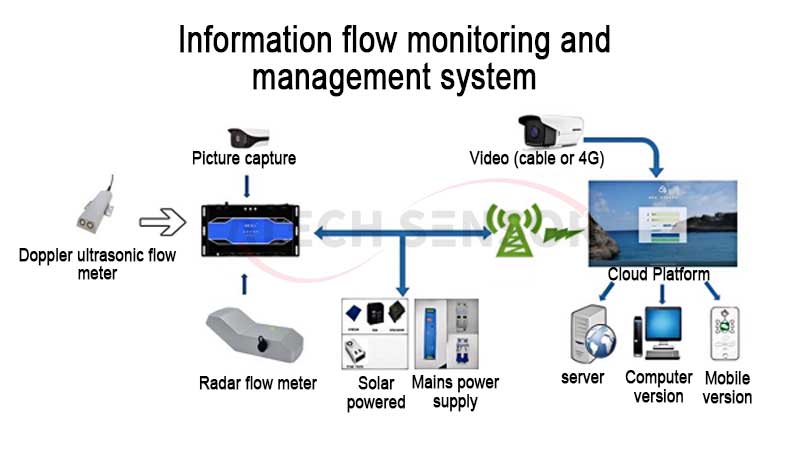
1) Doppler ultrasonic flowmeter:
Installed at key nodes such as irrigation channels, pipelines or pumping stations. Using the Doppler effect, the water velocity and flow rate are calculated by detecting the reflected signal of particles in the water. It is suitable for water flows containing suspended particles and can adapt to various water quality conditions in irrigation areas.
2) Data acquisition unit:
Responsible for collecting and transmitting the data measured by the flowmeter to the remote control system. The data can be transmitted to the cloud platform through wireless communication, RS485, LoRa, etc.
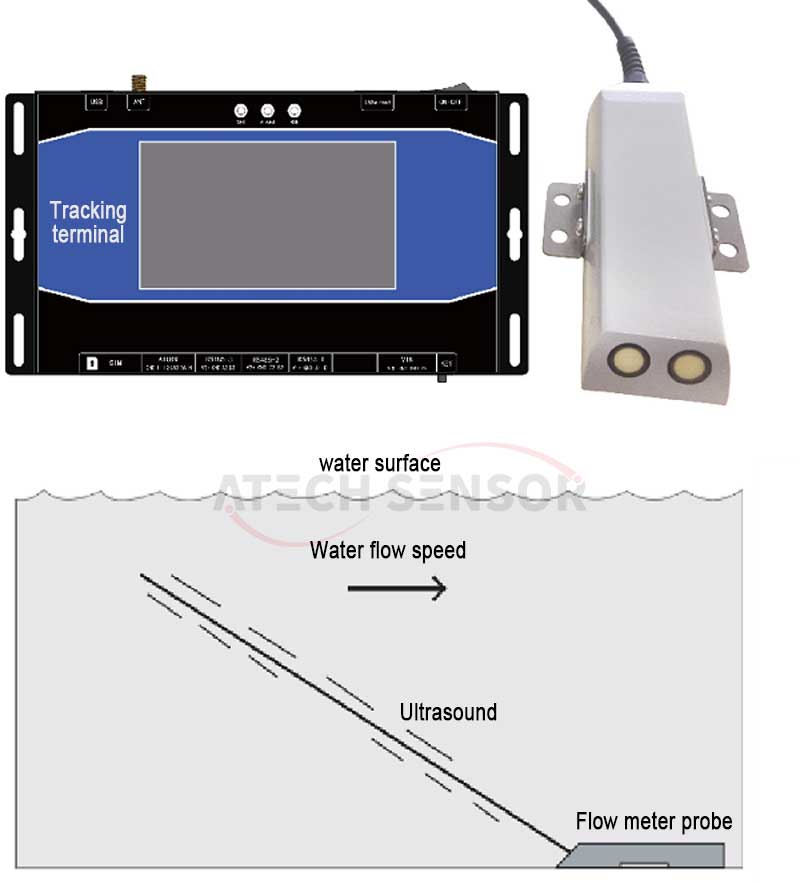
3) Cloud platform:
Integrates data management, flow monitoring, historical data query, report generation and other functions. Supports user-defined data analysis algorithms, such as flow trend prediction, water scheduling optimization, etc. Can be linked with other monitoring equipment (such as rain gauges, temperature and humidity sensors, etc.) for comprehensive management.
4) Smart terminal:
Provides mobile and desktop applications, allowing managers to view system status, obtain alarm information, and dispatch resources anytime and anywhere.
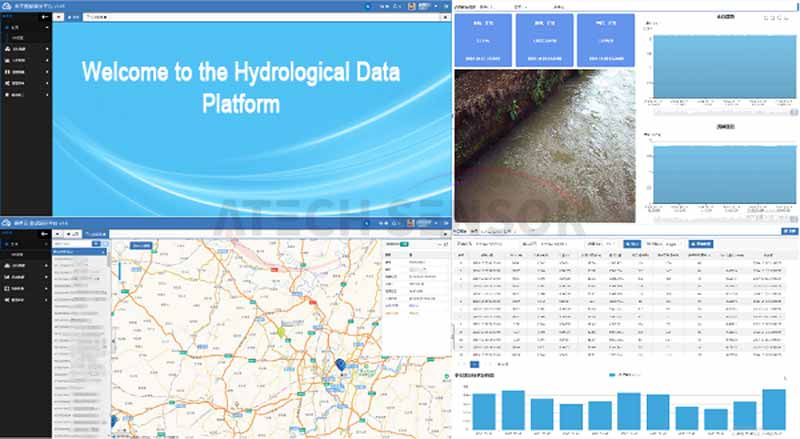
2. Functional modules of the smart irrigation area information management system
1) Data collection and monitoring
Real-time flow monitoring: The flow of each water flow channel in the irrigation area is monitored in real time through the Doppler ultrasonic flowmeter, and a flow curve is generated to help decision makers understand the distribution of water resources in the irrigation area.
Flow alarm: When the flow is abnormal, the system can trigger an alarm (such as excessive flow, too small flow, equipment failure, etc.) to ensure that the problem is discovered and handled in time.
Historical data query and analysis: Help optimize irrigation management strategies through the storage and analysis of historical flow data.
Water volume warning: According to real-time flow data and preset water level and flow thresholds, predict the upcoming water shortage or surplus problems, and make scheduling preparations in advance.
2) Remote monitoring and management
Remote monitoring: Managers can view the flow conditions of each monitoring point in the irrigation area in real time through the network platform or mobile devices.
Data sharing and reporting: The system can generate various data reports (such as daily, weekly, and monthly reports), and support docking with other management systems to achieve data sharing.
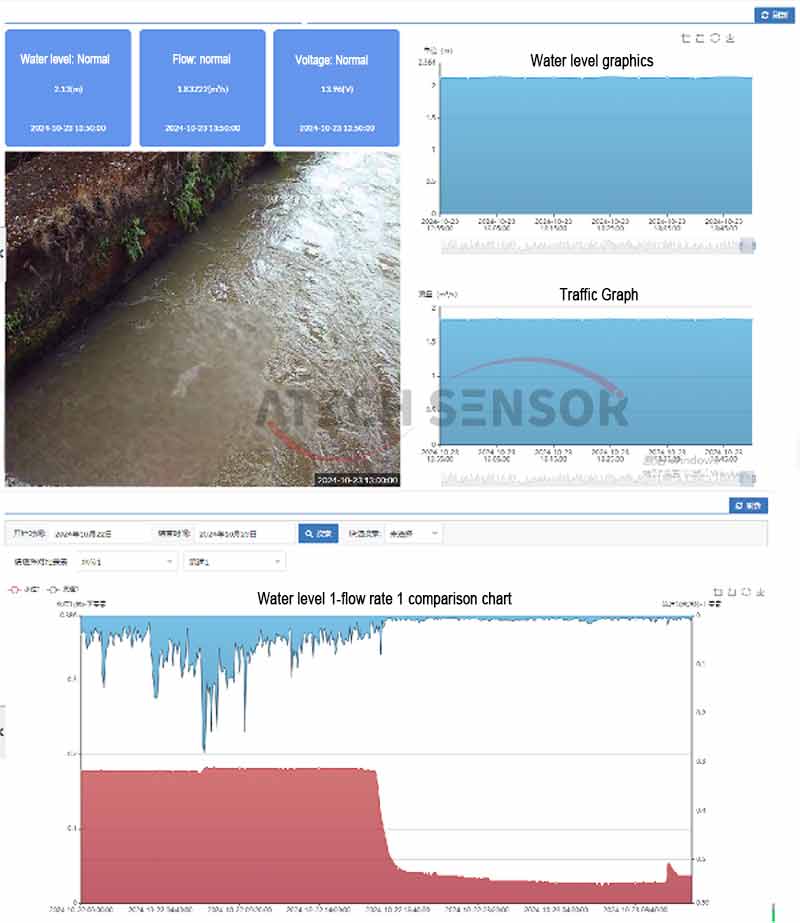
3) Intelligent scheduling and optimization
Water resource scheduling optimization: According to flow data and meteorological data, optimize the allocation and scheduling of water resources to avoid the waste of irrigation water resources.
Irrigation cycle adjustment: Through real-time monitoring and analysis of flow, flexibly adjust the irrigation cycle and flow ratio to ensure that the water demand of each irrigation area is met.
Flow balance adjustment: By adjusting the water flow and distribution ratio, balance the water resource allocation between different irrigation areas to avoid excess or insufficient water in some areas.
4) Equipment management and maintenance
Equipment status monitoring: Real-time monitoring of the working status of flow meters and sensors to ensure that the equipment is always in normal working condition.
Equipment fault diagnosis: When the equipment fails or is abnormal, the system automatically detects and alarms to remind the management personnel to check and maintain.
Regular calibration reminder: Regularly calibrate the Doppler ultrasonic flowmeter to ensure measurement accuracy.
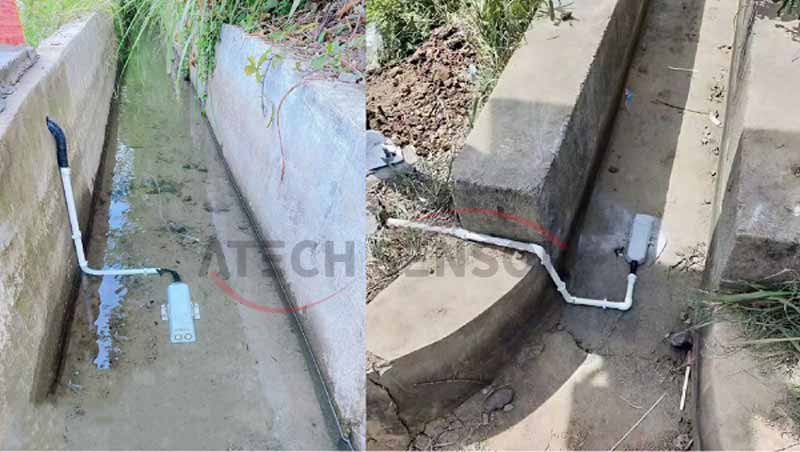
The core capabilities of large-scale farmland irrigation area information management systems reflect the needs of modern agriculture for precise management, resource optimization, intelligent decision-making and sustainable development. These systems introduce cutting-edge technologies such as the Internet of Things, big data, and artificial intelligence, making agricultural production not only rely on traditional experience and manual operations, but also rely on data and intelligent technologies, greatly improving agricultural production efficiency and sustainability. In the future, with the continuous development of technology and the expansion of application scenarios, these systems will play an increasingly important role in global agricultural production.

